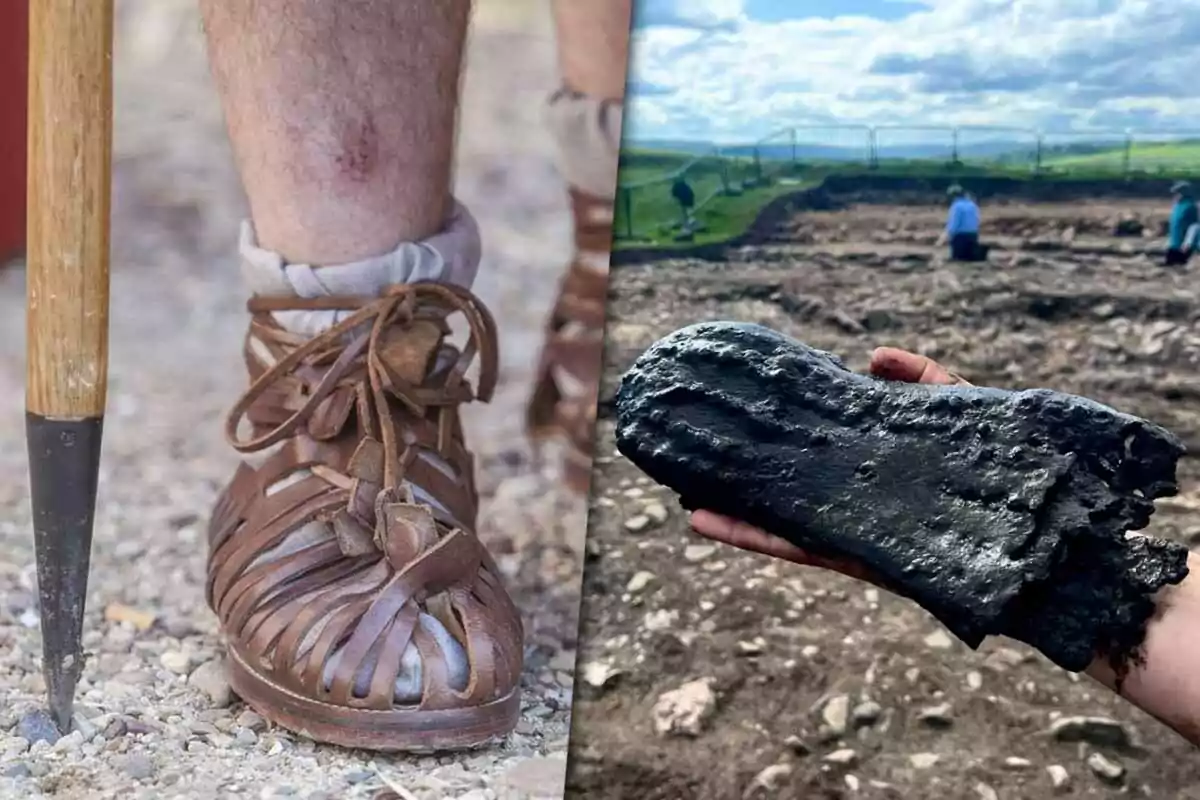
Shocking discovery at a Roman fort: giant shoes baffle archaeologists
Roman shoes over 30 cm (11.8 inches) long were found in Magna, and they could have belonged to unusually tall soldiers
A group of archaeologists unearthed unusually large Roman shoes in northern England. The discovery took place at Magna Fort, near Hadrian's Wall, and left more questions than answers.
The items, over 2,000 years old, could have belonged to Roman soldiers of great height, something uncommon according to historical records.
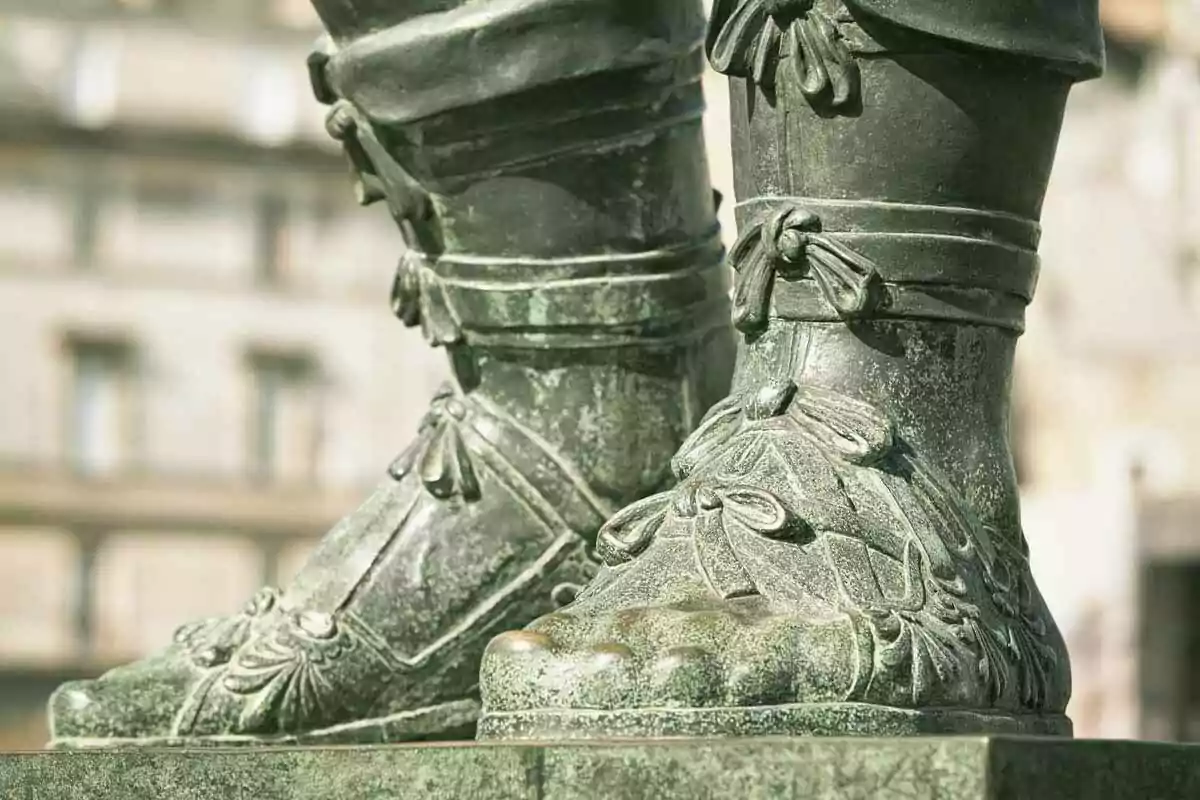
What exactly did they find?
The archaeologists found 34 pieces of footwear in total. Eight of them measure more than 12 inches (30 cm) long, a size much larger than the standard of that era.
In addition, there were work boots, children's footwear, and sandals. All were made of leather and some had iron studs.
Who lived in the fort?
Magna Fort housed 4,000 people including Roman troops and their families. Records mention soldiers from regions such as Syria, Croatia, Serbia, and the Netherlands.
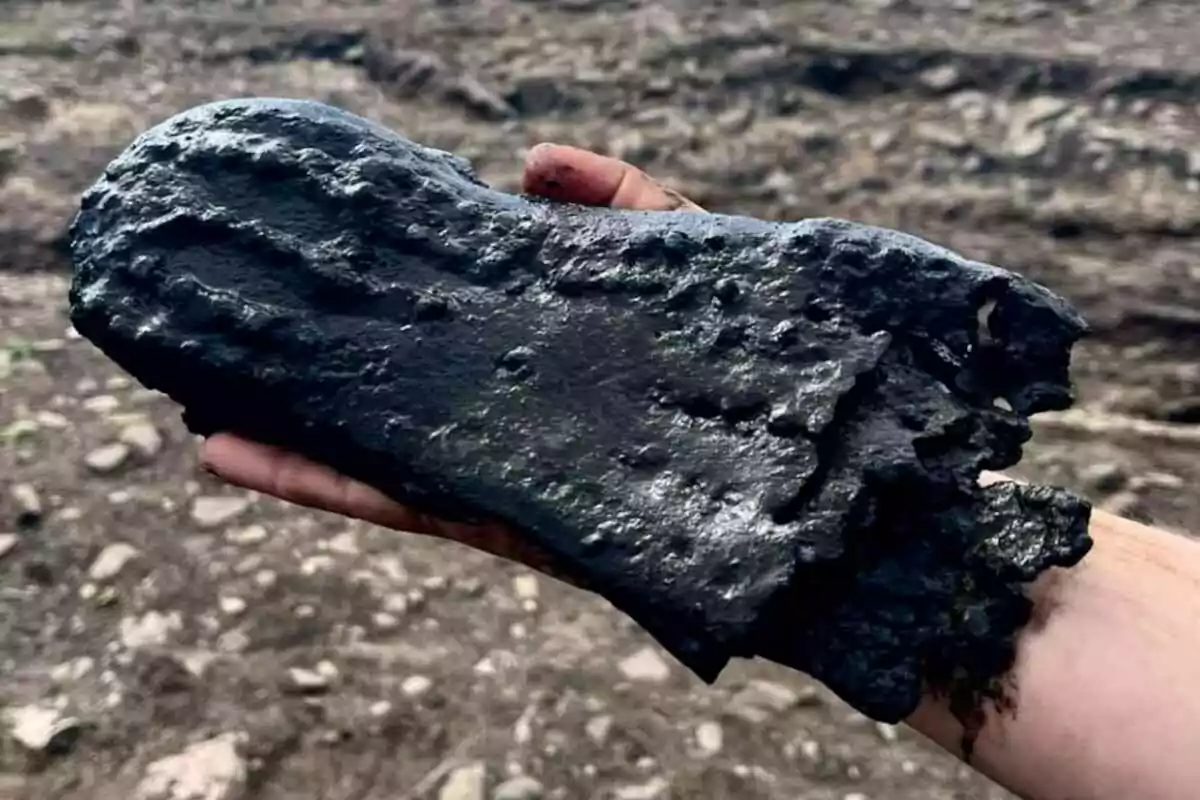
The troops used to move frequently, leaving clothing and personal belongings behind. The archaeologists believe that explains how the shoes were preserved.
Why so large?
The extra-large shoes could have belonged to exceptionally tall soldiers, although other hypotheses are being considered. Initially, it was thought that they wore socks or stuffed them for warmth.
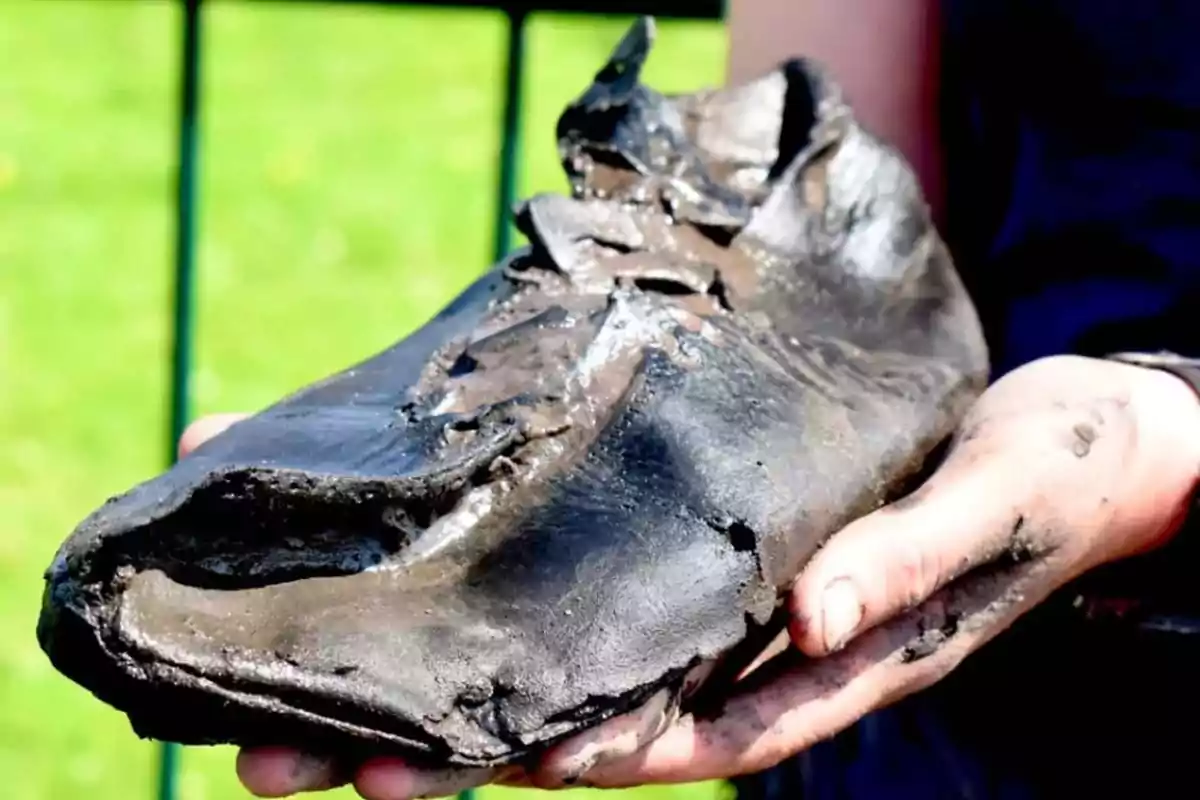
However, upon finding more than one pair and in different styles, the researchers concluded that they really belonged to people of great stature.
Comparison with other sites
Similar shoes were found at Vindolanda, another nearby fort. The manufacturing techniques and the use of leather treated with plant material would have allowed them to last thousands of years.
Of the more than 3,700 shoes found there, only 16 exceeded 12 inches (30 cm). This confirms that those from Magna are a rarity.
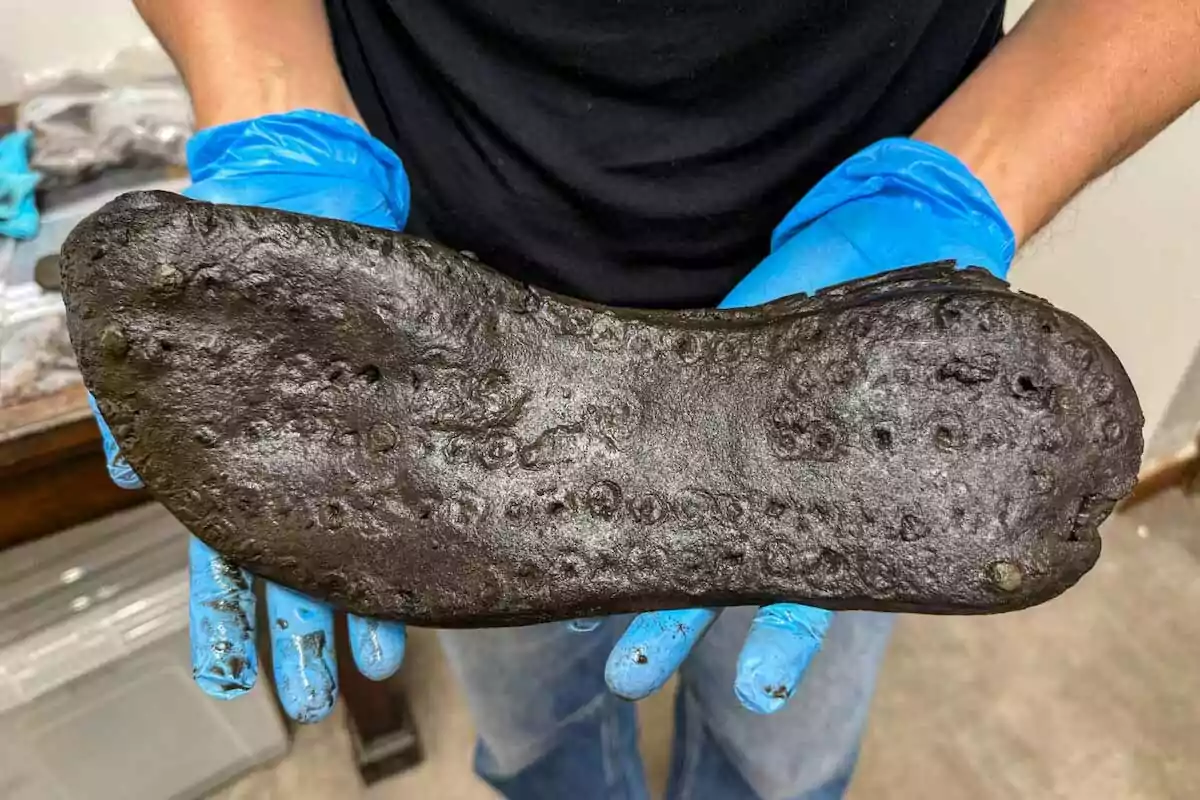
Can their owners be identified?
The researchers are looking for footprints or signs of wear to try to model the original feet. However, it won't be easy to trace their owners.
In the area, the Romans usually cremated their dead, which makes it difficult to recover human remains directly related to the objects.
More posts: